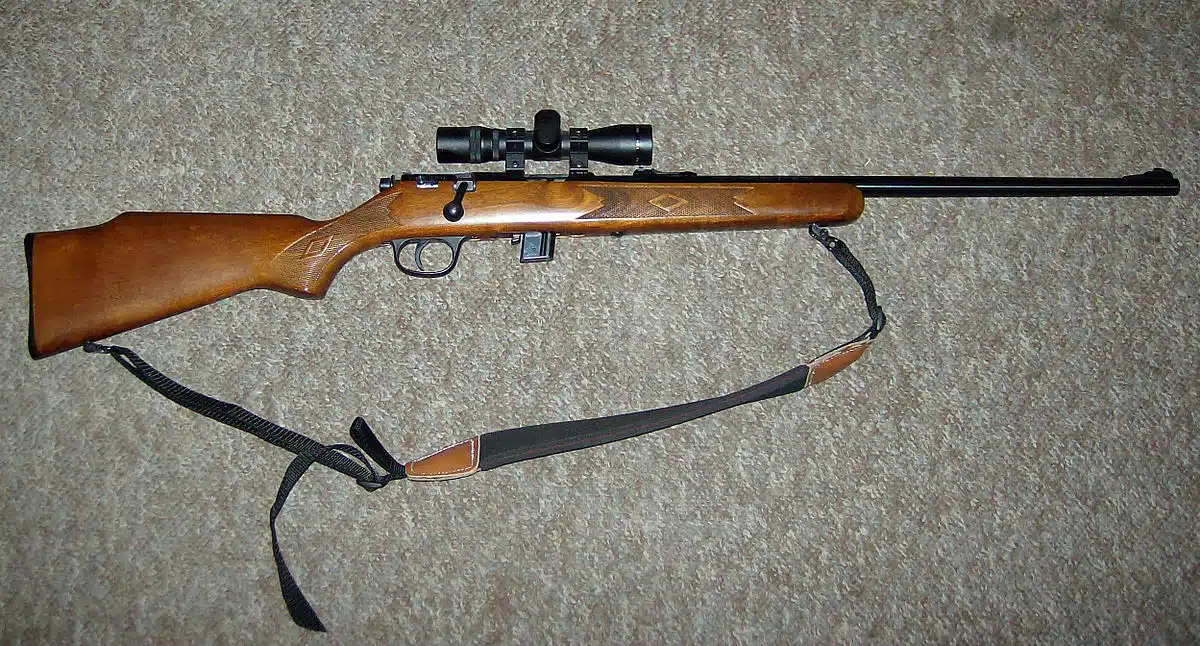Rifle slings are an important piece of equipment to any serious shooter’s kit.
Different slings have their own advantages and disadvantages, starting with the way they attach to the rifle to whether they are adjustable or not. It is important to take into consideration what purpose you need them for, whether it’s target practice, tactical training, or hunting.
If you just purchased a rifle and you have little basic training on using it, you will probably start working more with it. Going to the shooting range to train with your rifle is a good practice. A shooter can be as good as he is trained with the weapon he uses. So, the more hours you spend training on the range the more effective you can be when the time comes to use your rifle in action being this for home defence, defending yourself from aggression or even using your rifle to hunt.
Well, with the time passing and you becoming more familiar with the gun you choose to run with, you understand that the attachments you run with are very important.
One of the attachments you don’t take into consideration when you are new to the gun world besides the muzzle you will use or the sight you will run with or the magazine you will have on the gun is the sling you use to carry your rifle with you. This mainly happens because at the beginning you will not rely on it too much considering the way you use your gun and the knowledge you have.
After a while, you will see that the way you carry your rifle makes a big difference in the deploying time and how fast you can go to a ready-to-fire stance.
Furthermore, it is a key factor when you are travelling with your rifle or when you switch to your secondary weapon.
Rifle Slings Types
This article will address the best slings to use and the effectiveness of each of them.
The Three-point Sling
The 3-point sling is usually used to carry weapons like SMG. Normally it is not widely used amongst rifles because of the way this sling attaches to the weapon itself.
This sling is a free-floating sling like a 1-point sling, but it is not very useful during combat situations. This was the same kind of sling used by the USA Special Forces not many years ago. Considering the field experience and the data collected, this sling leaves the rifle free during the time you are not using it.
The 3-point sling attaches to the gun into 2 direct points. There is also a third ring that goes in the middle of the 2 points directly attached to the gun. It allows you to freely move the gun and switch sides when you are shooting without any issue.
Also, on many occasions when you try to use your secondary weapon and you are not using your rifle you will find that the weapon placement with the 3 point sling causes your buttstock and the barrel to hit you while you are doing something or running.
This kind of sling is not good for carrying and getting to fire stance either as the weapon placement causes you to take longer to bring the weapon up to a fire-ready position. You will find out that the sling can get in the way while you are getting your weapon ready. Also, it might interfere with your sights and obscure your target.
The only advantage of the 3 point sling is the weight distributions of the weapon while you are carrying it.
The Single-point “Free Floating” Sling
The single-point sling is the sling used as a replacement for the 3 point sling we just mentioned before.
This sling was mainly used for rifles, it allows you to carry your rifle freely and it gives you a lot of advantages while you are in a fire-ready position.
This sling is a fantastic choice for you if you switch sides while shooting or you are running your gun into indoor environments because it allows you to move and control your weapon freely.
However, the way that the single-point sling is mounted to the rifle makes the gun move all the time when you are not using it. You will notice then in certain positions you will find it hard to reach for your rifle and get ready to fire.
The single-point sling attaches to only one point of the gun which you will notice mainly near the buttstock. The only point that stays near your body is the point where the sling is attached which is not very safe for you while you are running or caring someone that is injured.
Furthermore, you will have difficulties getting through obstacles or climbing with both the 3-point and the 1-point sling as well due to the fact that the weapon is always free-floating even when you are not using it.
The Two-point Sling
The 2-point sling is a classic design, but it is also one of the best slings to use, and we will explain why now.
First of all the 2-point sling is attached to 2 points on the gun. The first one is attached to the barrel of the gun and the second one on the buttstock.
This means that the 2 extremes of your gun are near to your body and makes the control of the gun a lot easier while you are moving.
The best 2-point sling design to run with is the “Edgar Sherman” design which allows you to control the length of your sling.
This makes it even more useful because it means you can tighten everything up the moment you switch to your secondary weapon and you can also reach your gun and get to a ready-to-fire position much faster than the 2 first alternatives.
You can run freely and you will not get hit by your own gun also it gives you the ability to carry a downed person or climb over obstacles without any issues at all.
The right way to use a 2 point sling is to measure the movement range or the length of the sling based on your shoulders length. That will allow you to have the necessary freedom to switch sides while you are aiming or drop the rifle and pull out your secondary weapon.
In addition, this design gives you the possibility to use your sling as a support to increase the grip you have on your weapon. This means that besides cutting down the aiming time it also gives you more stability during the shots because it keeps the weapon tight to you so the reset after each shot is faster.
Combined with the right training and the right setup for this sling it gives you the ability to be accurate and be more efficient on gun control.
You will be shooting and running like a real Operator without any issue.
Summing Up Rifle Slings
You can find a lot of different sling styles tailored to different needs. Owning a sling has lots of benefits. Considering the relatively low price of this highly useful accessory, it really does make sense to make it part of your shooting kit.
Here are some big pluses of having a sling as part of your shooters kit.
- The ability to switch between firearms
- Easy to carry
- Holding a shooting stance
- A ‘tool’ suitable for emergency use
The enormous number of sling choices available for each type can be bewildering. There are a lot of options that aren’t overly expensive, but one should compare style and design before committing to a purchase.


